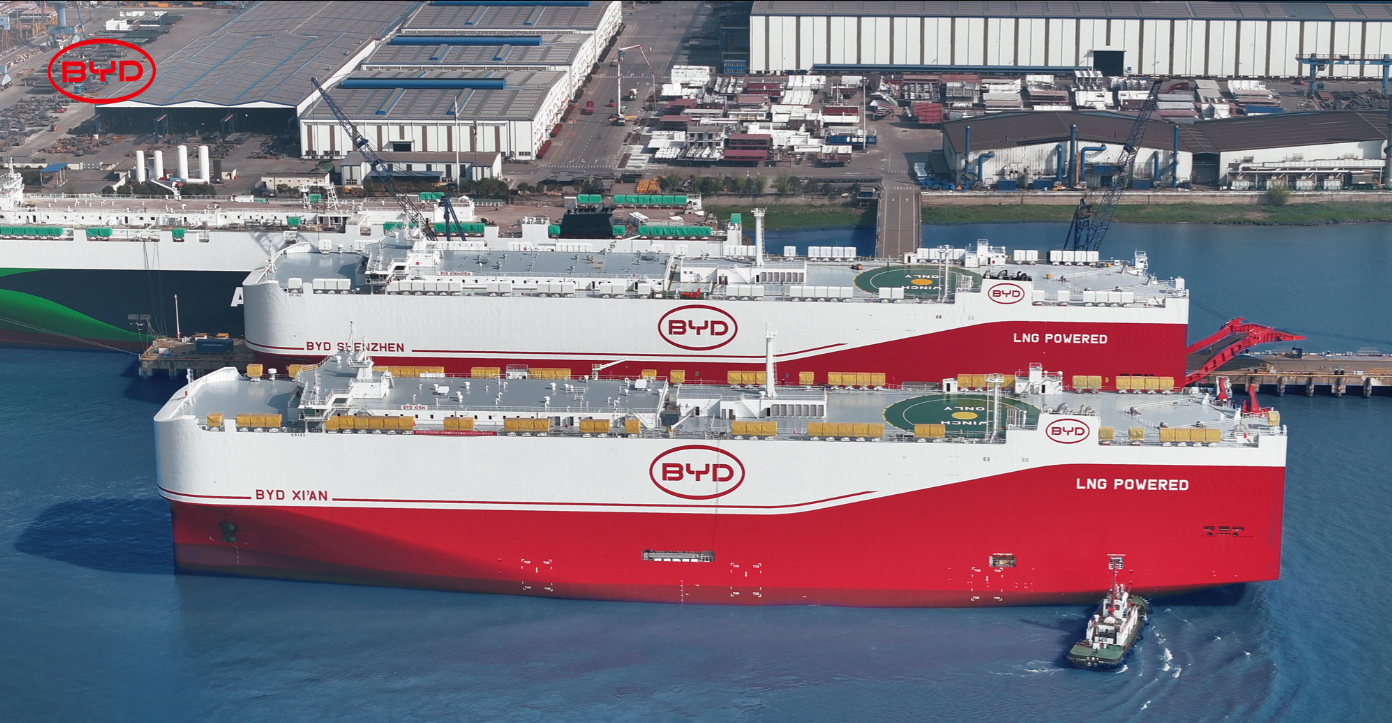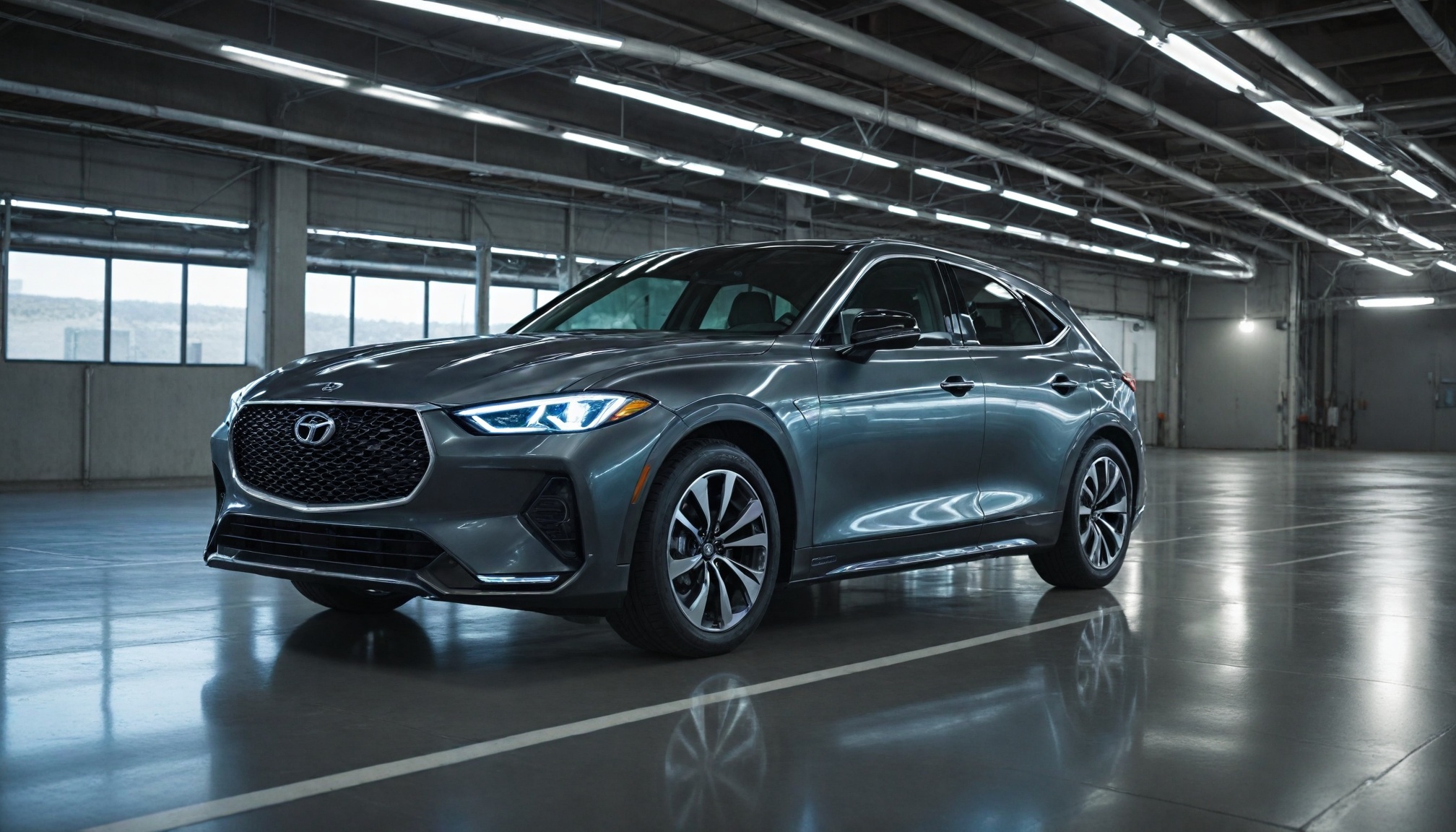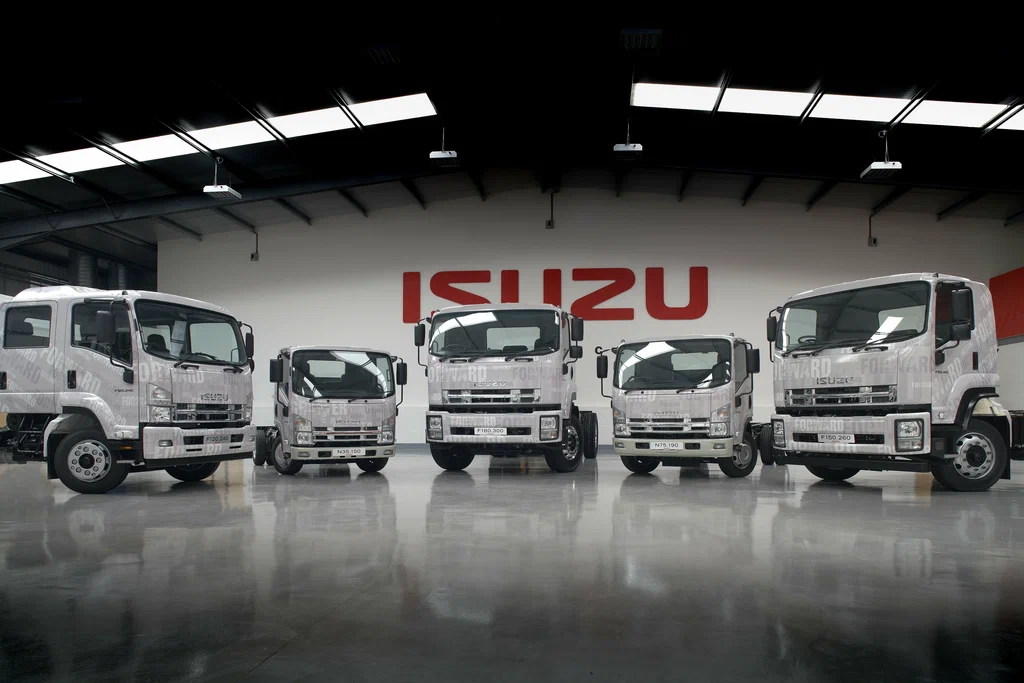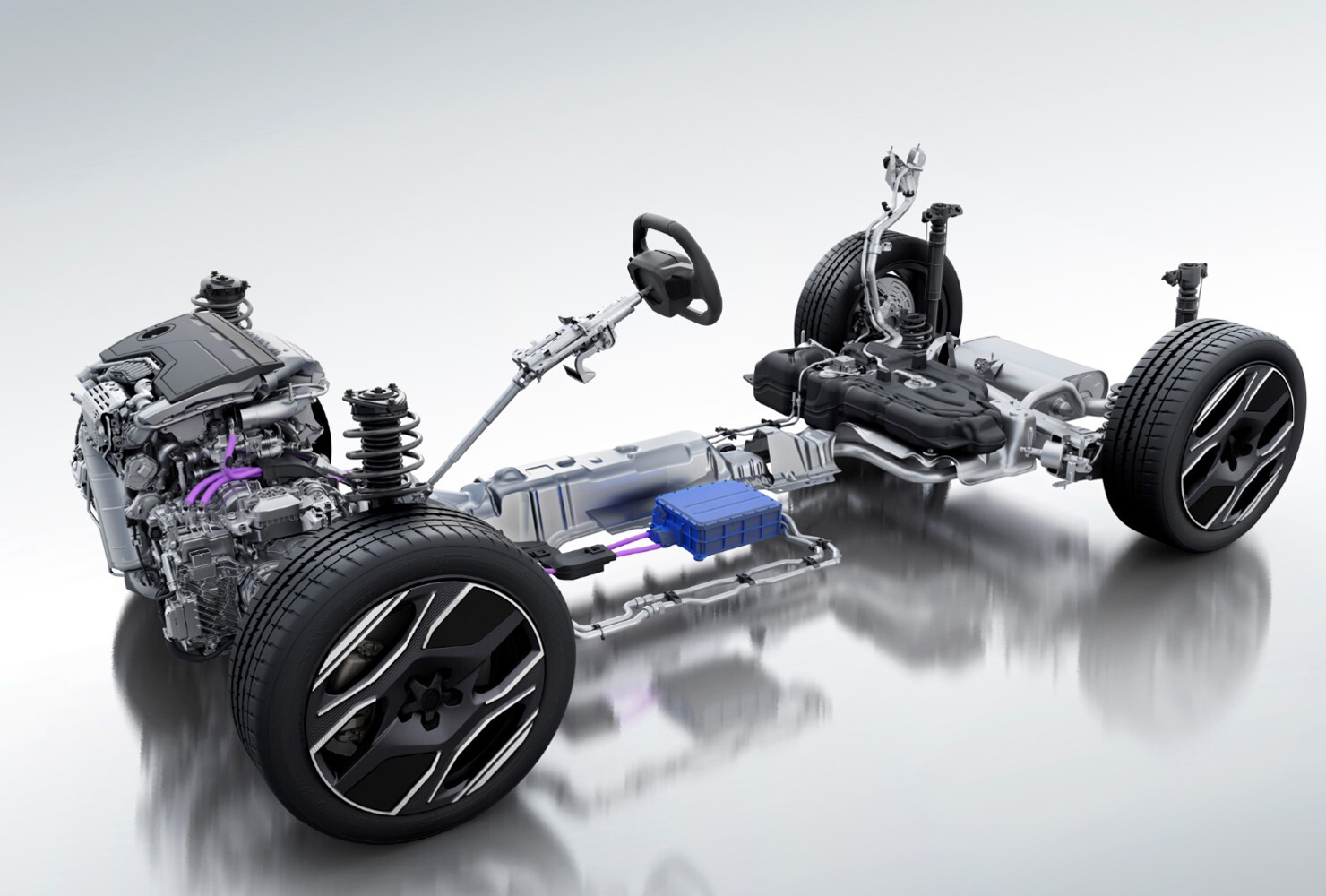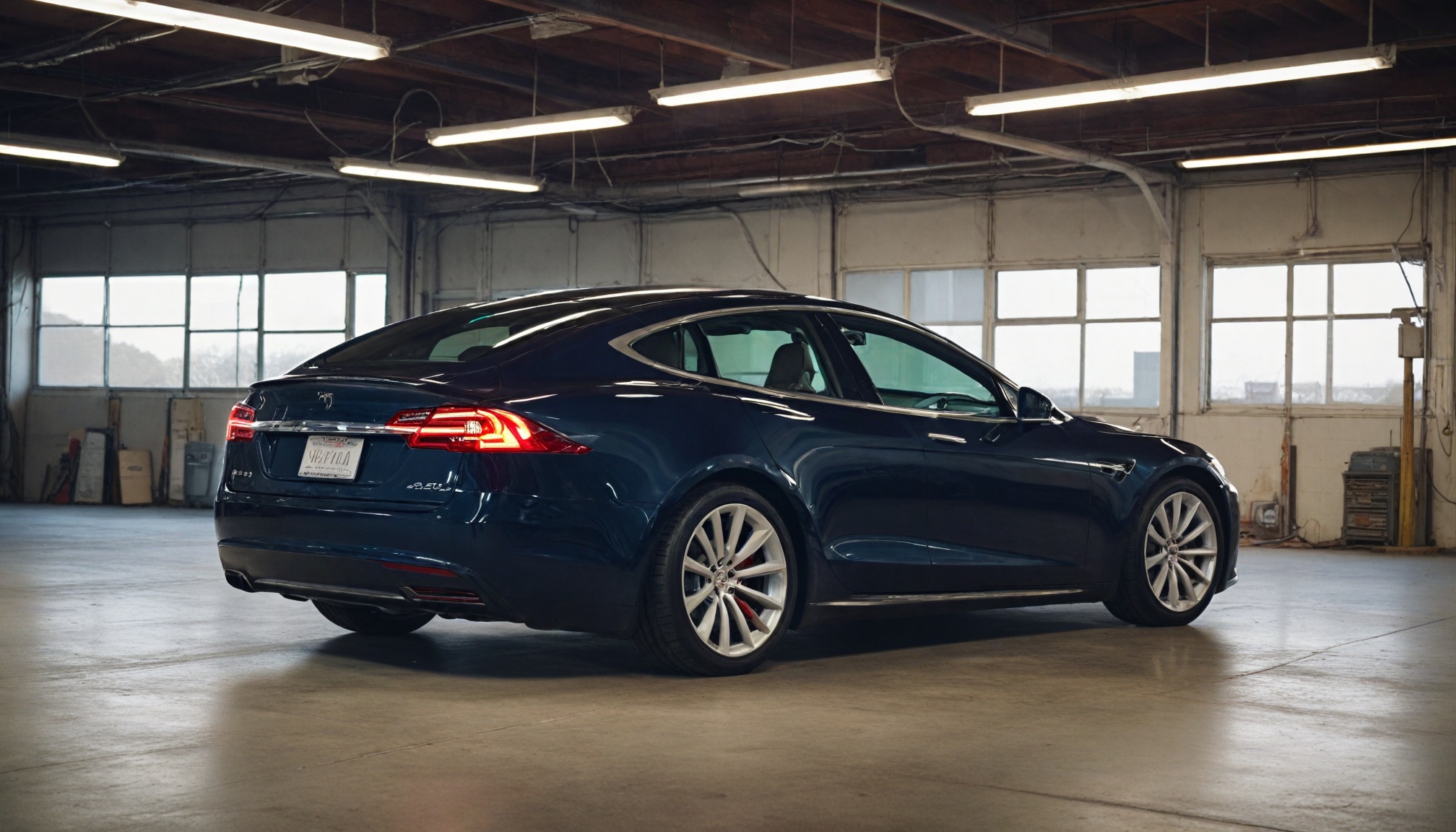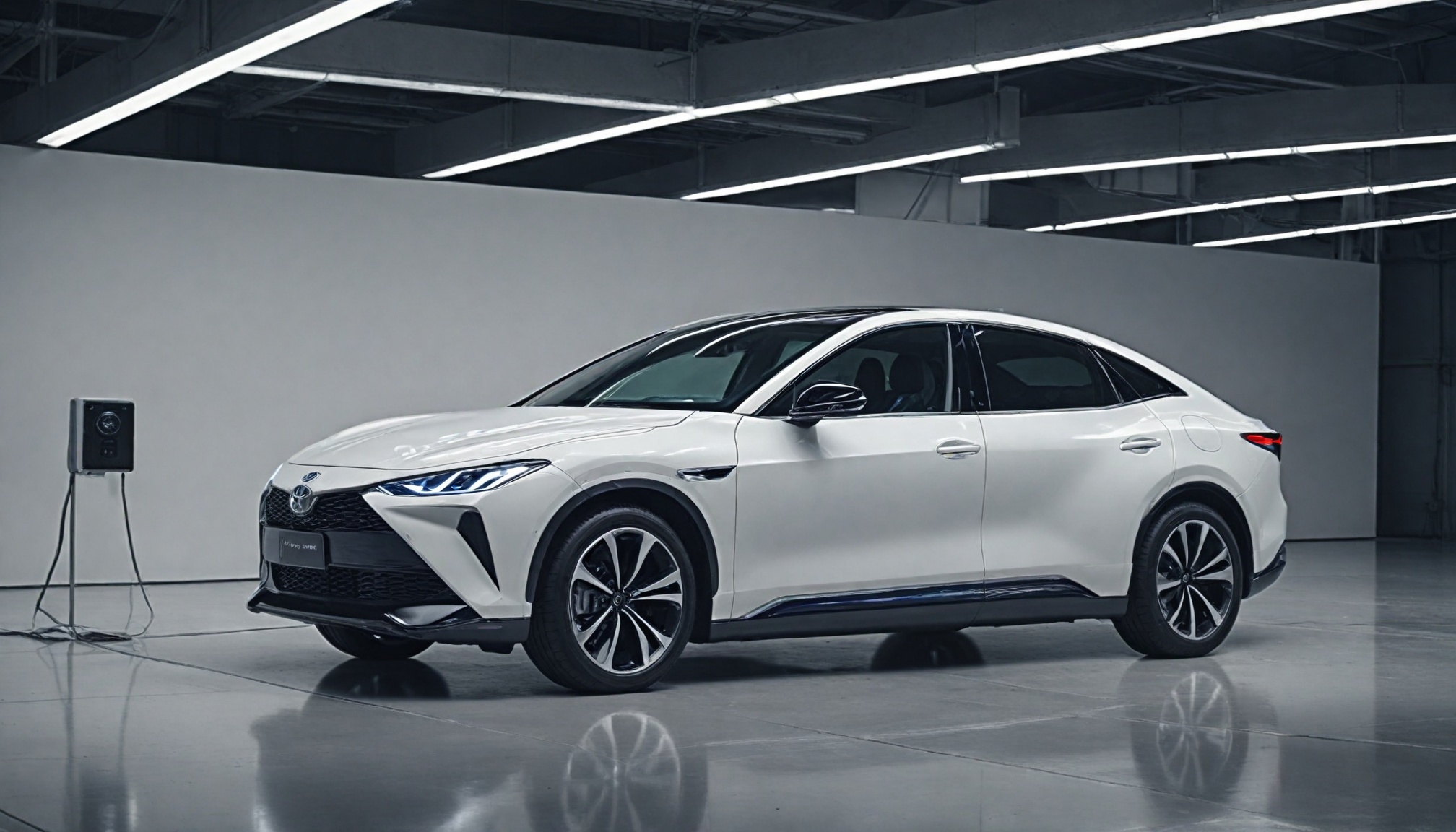
Toyota partners with Huawei to integrate HarmonyOS in new bZ7 sedan, signaling a shift as Western automakers adopt Chinese tech to compete in China's EV market.

Drivetech Partners
Toyota's integration of Huawei's HarmonyOS into its new bZ7 electric sedan represents a dramatic shift in the global automotive landscape. The decision signals a growing trend where Western automakers are increasingly turning to Chinese-developed smart technologies to remain competitive in the world's largest and most demanding electric vehicle market.
Key Takeaways
Toyota's bZ7 is the first mass-produced Toyota to feature Huawei's HarmonyOS cockpit system
Western brands have seen their Chinese market share plummet from 64% to 31% between 2020-2025
The partnership highlights a role reversal from when Chinese automakers sought Western expertise
Chinese-developed systems offer faster update cycles and better local ecosystem integration
Other global brands including BMW and Mercedes are following similar strategies with Chinese tech giants
The bZ7: Toyota's Chinese Market Game-Changer
Unveiled at the 2025 Shanghai Auto Show, the Toyota bZ7 marks a significant strategic pivot for the Japanese automaker. As part of Toyota's joint venture with GAC (Guangzhou Automobile Group), the electric sedan specifically targets Chinese consumers with features and technology developed for their preferences and usage patterns. The bZ7 joins Toyota's expanding bZ series lineup, which now includes the bZ3X, bZ4X, and bZ7.
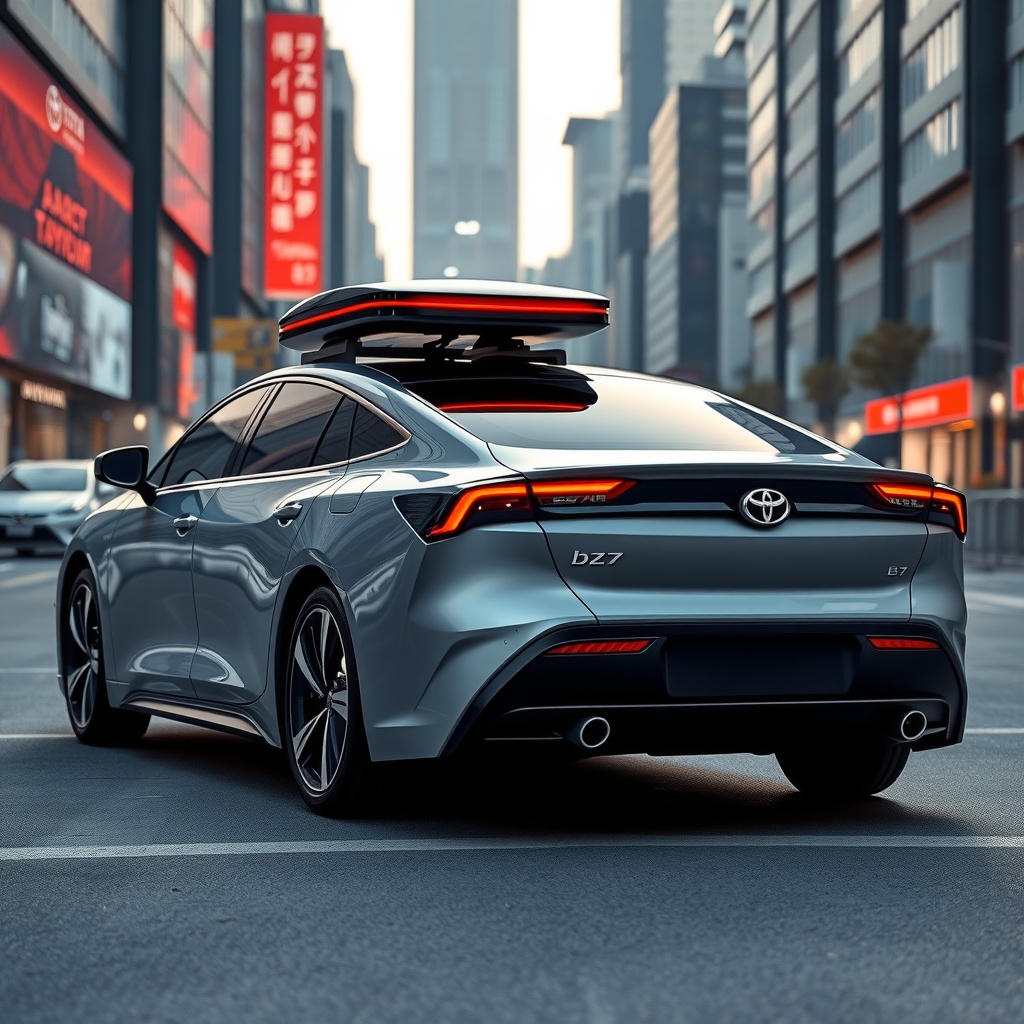
The GAC-Toyota joint venture has shown impressive momentum, delivering 171,477 vehicles in China during Q1 2025 – representing a 19.3% year-on-year increase. This growth comes at a critical time as Western automakers face intense pressure from domestic Chinese brands.
Why Western Automakers Are Embracing Chinese Tech Partners
The automotive landscape in China has undergone a fundamental transformation over the past five years. Western brands that once dominated the market with a 64% share in 2020 have seen their collective presence shrink dramatically to just 31% by 2025. Domestic leaders like BYD and Geely have rapidly overtaken established players including Volkswagen and Toyota.
This market shift has forced global automakers to adopt what industry insiders call a "China for China" strategy – developing vehicles specifically for Chinese consumers rather than adapting global platforms. Toyota executives have explicitly acknowledged the need for "Chinese brains and hands" to develop vehicles that match local preferences.
With electric and plug-in hybrids now accounting for 45% of new car sales in China, the market demands have evolved beyond traditional automotive strengths. Chinese consumers expect:
Frequent over-the-air updates
Advanced connectivity features
Seamless integration with local digital ecosystems
Intuitive voice controls optimized for Chinese language
Integration with popular regional apps and services
These expectations have proven challenging for Western OEMs to deliver independently, leading to these unprecedented partnerships with Chinese tech companies.
Inside the HarmonyOS Smart Cockpit Experience
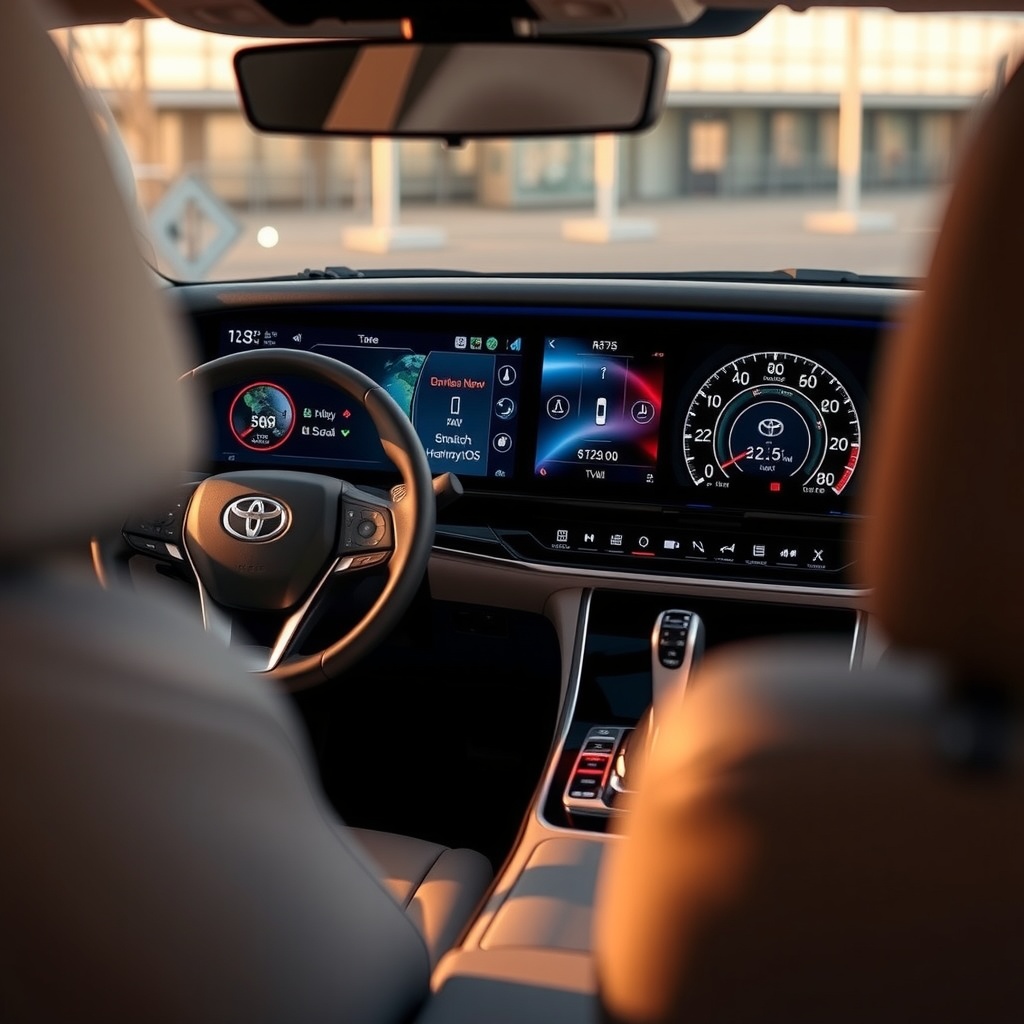
The HarmonyOS smart cockpit in the bZ7 represents a significant upgrade from Toyota's previous infotainment systems. The hardware features a 12.3-inch embedded full LCD instrument cluster paired with a 15.6-inch floating central control display. Premium elements include ambient lighting, wireless charging, and a panoramic sunroof.
Sound quality receives special attention with the HUAWEI SOUND audio system, complemented by double-pane acoustic glass and sound-optimized engineering for a superior listening experience. The cabin features eco-friendly leather upholstery with heated and ventilated seats for maximum comfort.
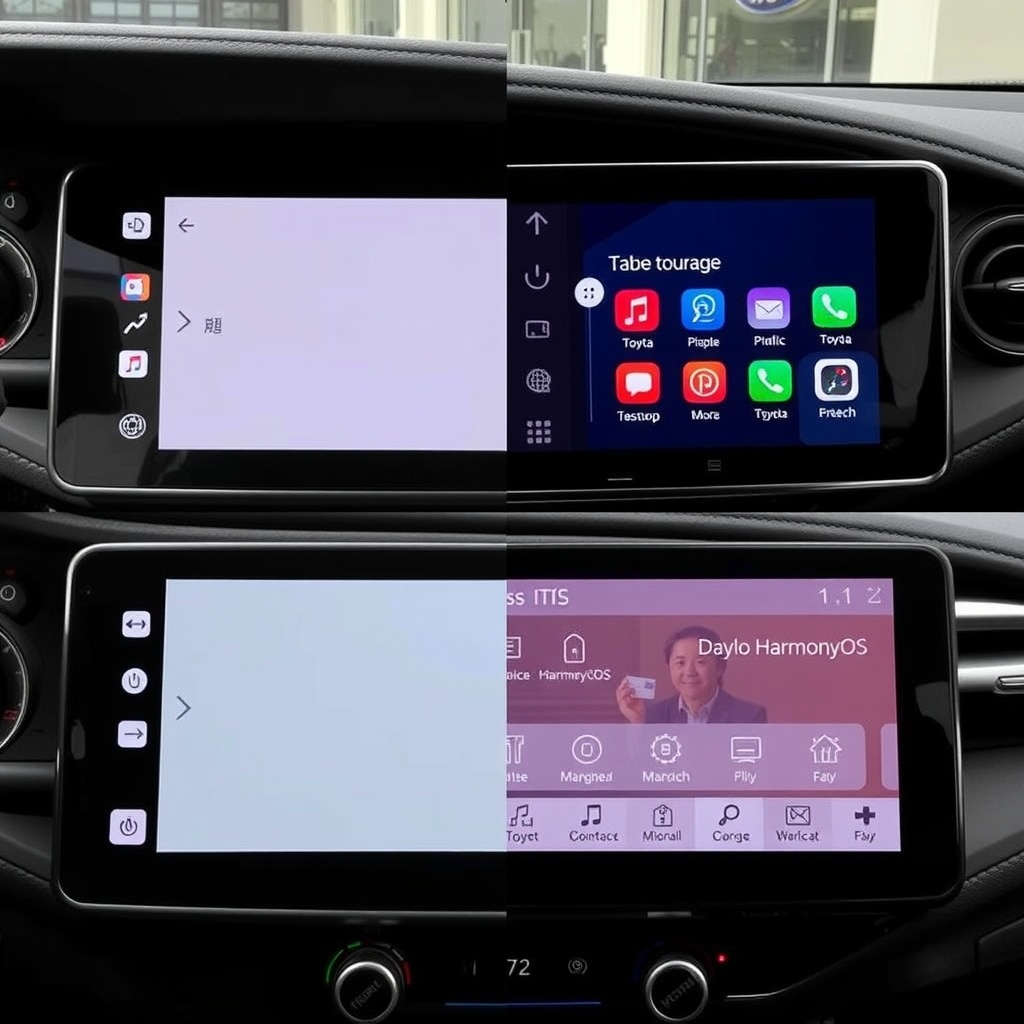
What truly sets the system apart is its deep ecosystem integration with Huawei smartphones and wearables, enabling one-touch access to complex vehicle controls. The system's over-the-air update capability ensures a continuously evolving app ecosystem and long-term system improvement – addressing a key shortcoming of traditional automotive software development.
Advanced Driving Capabilities Powered by Chinese AI
The bZ7 features a roof-mounted LiDAR sensor for advanced driving assistance systems (ADAS). This system is likely powered by Huawei's ADS (Autonomous Driving Solution) technology, which uses sensor fusion for real-time environmental analysis.
The combination of LiDAR and onboard AI enables rapid identification of road hazards and precise vehicle spacing, improving safety in complex urban and highway scenarios. Toyota is also collaborating with Chinese AI startups like Momenta for Level 2 ADAS capabilities that require human oversight.
This technological approach represents a growing fusion of Chinese AI expertise with global automotive engineering – blending East-West innovation in ways that would have been unimaginable just a few years ago.
The Industry-Wide Trend: Global Brands Adopting Chinese Systems
Toyota is far from alone in this strategic pivot. Other major automakers are following similar paths:
Mercedes-Benz is launching the CLA Electric in China with a locally co-developed operating system and enhanced ADAS
BMW is implementing deep Huawei HarmonyOS integration for Chinese-market Neue Klasse EVs
BMW is developing My BMW App, HUAWEI HiCar, and Digital Key solutions tailored for HarmonyOS users
Honda and Nissan are pursuing partnerships with Huawei and Alibaba for in-car AI, ecosystem apps, and localized user experiences
These cross-brand collaborations are accelerating across the industry. BMW reports that 25% of its app users in China use Huawei devices, making this ecosystem integration essential for meeting customer expectations.
The Technology Gap: Why Chinese Software Is Winning
Chinese tech companies have specialized in rapid iterations and frequent feature updates that align perfectly with local consumer expectations. In contrast, Western automakers have traditionally focused on hardware excellence but have lagged in software development cycles.
HarmonyOS and similar Chinese systems offer more intuitive interfaces and deeper ecosystem integration than their Western counterparts. These local systems are also better optimized for Chinese language voice commands, mapping services, and payment systems.
Chinese developers maintain closer integration with regional apps and services that Western consumers rarely use, creating a more seamless digital experience. The shorter development cycles of Chinese software teams give them a significant competitive advantage in this fast-evolving market.
Implications for Global Automotive Power Balance
The Toyota-Huawei partnership signals an inflection point: global automotive leaders now depend on Chinese smart tech to compete effectively. Chinese-developed ecosystems (HarmonyOS, AliOS) are increasingly setting standards for in-car AI, voice control, and connected experiences.
Localized, AI-powered cockpits and digital services have become critical differentiators beyond traditional hardware specifications. Western automakers are shortening their R&D cycles by leveraging Chinese partners' rapid innovation capabilities.
This represents a remarkable role reversal from previous decades when Chinese carmakers actively sought Western engineering expertise. China is now becoming not just a manufacturing center but an innovation hub for automotive technology.
Future Outlook: East-West Tech Collaboration
Looking ahead, this partnership model will likely expand beyond China-specific models to influence global platforms. However, we can expect growing tension between proprietary Western systems and Chinese alternatives in international markets.
Potential regulatory and security challenges will emerge as vehicle operating systems become more connected and data-intensive. The cross-pollination of ideas is already creating hybrid approaches that combine Western safety standards with Chinese connectivity solutions.
The next generation of vehicles will likely show increased influence of Chinese UX design principles across global markets. The key question remains whether Western brands can maintain their distinctive identity while adopting Chinese technology – a balancing act that will define automotive competition for years to come.
Sources
CarNewsChina - Toyota bZ7 is the first joint venture car with Huawei HarmonyOS in China
YouTube - New Toyota bZ7 – Fantastic Hi-tech Sedan, But Only For China!
ProPakistani - Toyota Finally Reveals All-Electric bZ7 Sedan
PCauto - The first model bZ7, a collaboration between Toyota and Huawei
UNN - Western automakers plan to return to China using local software
Huawei Central - Toyota partnered with Huawei to use HarmonyOS cockpit for bZ7 SUV
New Mobility News - New bZ7 aimed at Chinese market
BMW Blog - BMW Huawei HarmonyOS Neue Klasse
